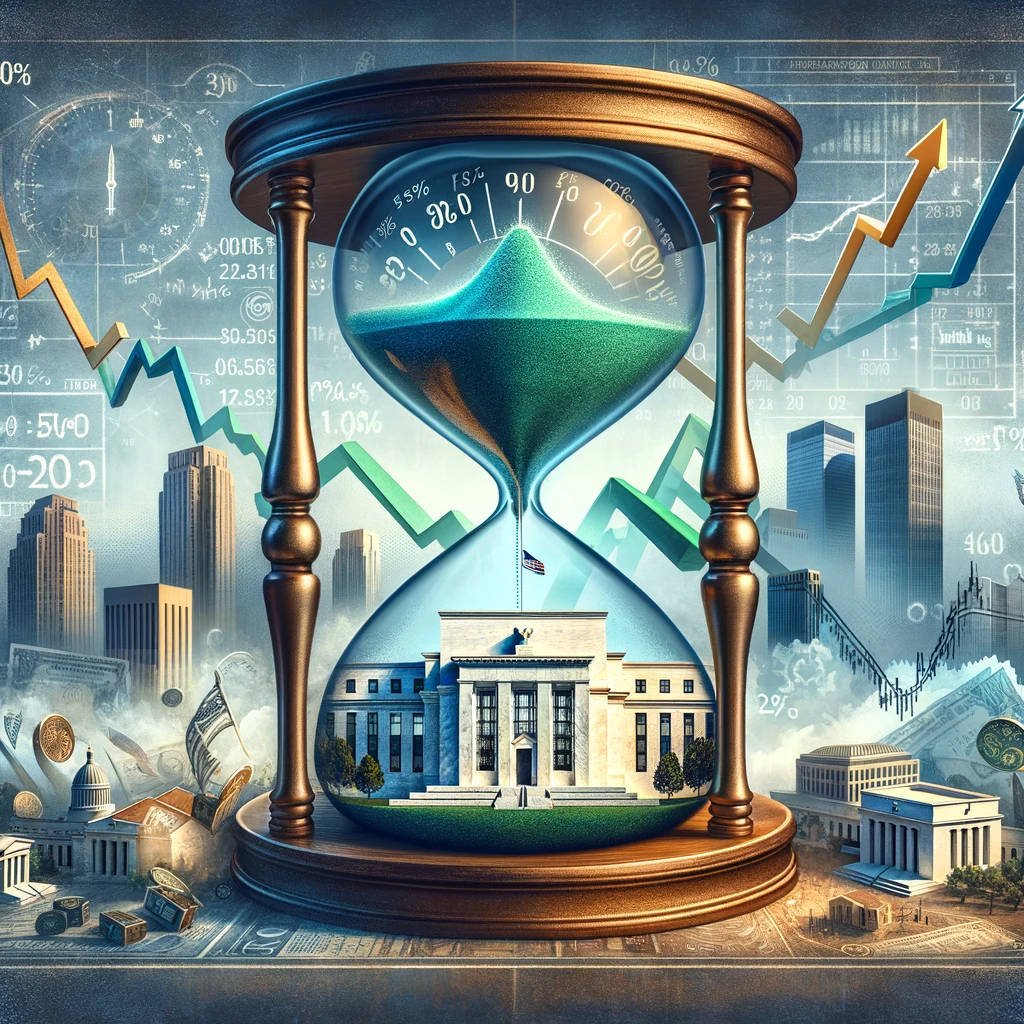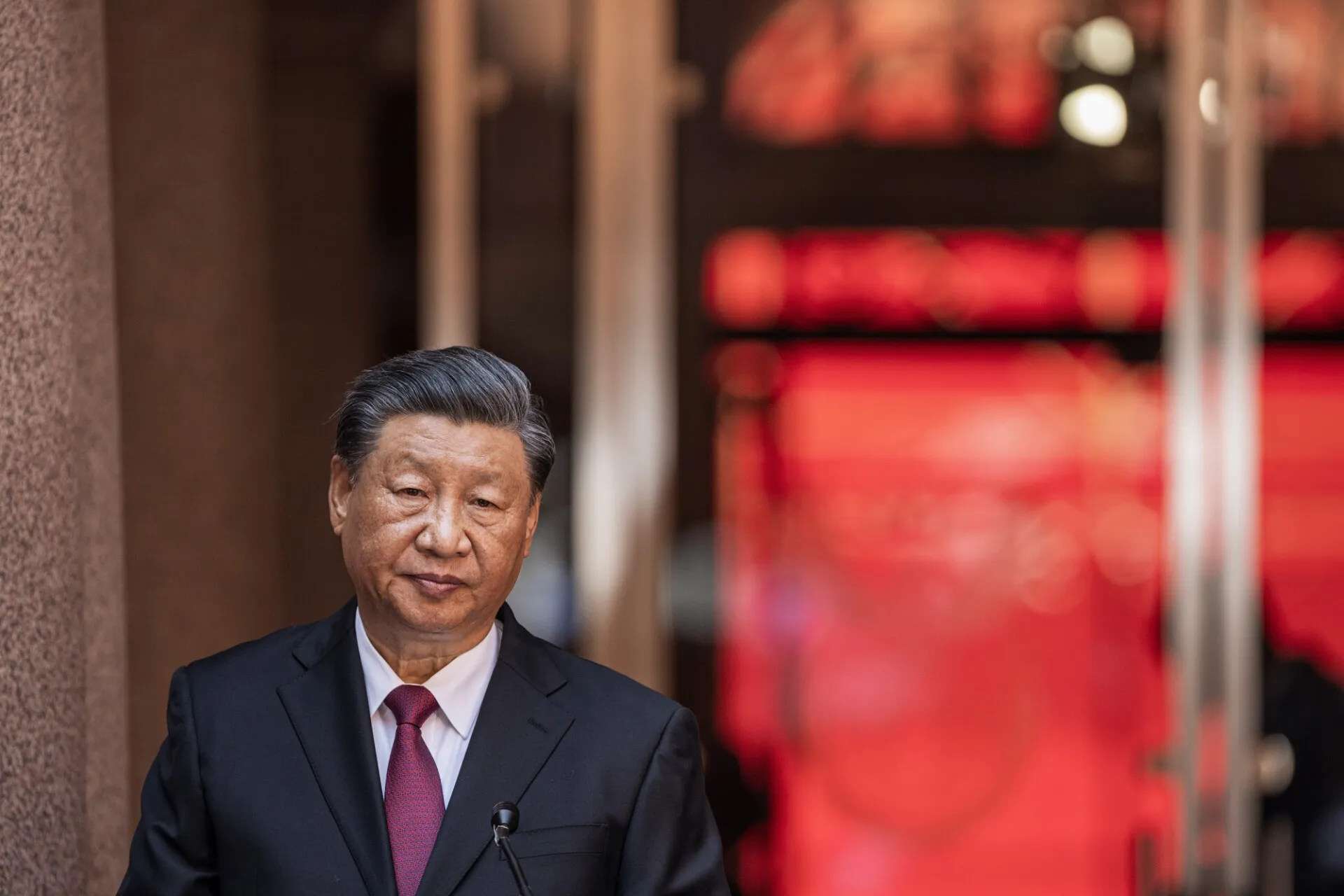The word on the street, or rather, from the hallowed halls of academia, is that the Federal Reserve has painted itself into a corner with high-interest rates that it’ll be hard-pressed to lower anytime soon. Now, this isn’t some wild speculation from market bears wearing tinfoil hats; it’s the considered opinion of academic economists who’ve been studying the situation like hawks. According to a survey conducted by the Financial Times in partnership with Chicago Booth, a staggering majority reckon that the Fed will cut rates maybe once or twice this year, tops. They’re betting on the Fed’s struggle with taming inflation without letting the economy go belly-up, which is sort of like trying to perform a delicate ballet on a tightrope.
The Stubborn Last Mile
Now, if you were hoping for rate cuts to come sooner rather than later, prepare for a bit of a letdown. The financial markets, those eternal optimists, were dreaming of three rate cuts this year, with the first one in the summer breeze of June or July. But the Fed, in its infinite wisdom, is signaling a later start. Why? Because the inflation monster is proving harder to slay than anticipated. Economists in the survey are leaning towards September for the first rate reduction. So, for anyone looking to save a buck or two on their mortgage or credit card interest, it’s going to be a long summer.
This whole saga is more than a bit of a headache for the Biden administration, which was hoping for a return to pre-pandemic borrowing costs to ease voter angst about sky-high mortgages before the November elections. Despite their best efforts, including tax credits and sweet nothings whispered in the ears of potential homeowners, the real game-changer would be lower interest rates. But politics and economics make strange bedfellows, and the timing of rate cuts in an election year is as delicate a dance as any.
A Balancing Act of Epic Proportions
On one hand, you’ve got the Fed chair, Jerome Powell, and his crew, who are as keen as mustard to start slashing rates but are caught between a rock and a hard place. They’re walking a tightrope, trying to balance fighting inflation without throwing the economy into a tailspin. It’s a bit like trying to defuse a bomb with a pair of pliers and a chewing gum wrapper. They raised rates 11 times in the past, which was like taking an elevator up, but now that they’re considering cutting rates, they’re looking at the stairs and thinking twice.
For the average Joe and Jane, this means the pinch on the wallet isn’t going away anytime soon. Credit card rates, which are now chilling at an all-time high of nearly 21%, won’t be coming down significantly even if the Fed decides to cut rates. Mortgages, both the 15- and 30-year varieties, are also feeling the heat, with rates having skyrocketed since the Fed started its hiking spree. And let’s not even get started on auto loans and student loans, which are making it increasingly tough for folks to get by.
On the flip side, if there’s a silver lining to this cloud, it’s for the savers among us. Online savings accounts are now offering more than 5% interest, which is not too shabby, all things considered. It might be the best time to stash away some cash in a certificate of deposit, especially if you’re playing the long game.
So, what’s the moral of the story here? Well, it looks like the Federal Reserve is stuck between a rock and a hard place, trying to juggle the twin demons of inflation and economic growth. With the political calendar breathing down its neck and the global economy watching its every move, the Fed’s decisions in the coming months will be critical. But for now, it seems we’re in for a spell of high interest rates, with any relief on the horizon appearing more like a mirage than a sure thing.





